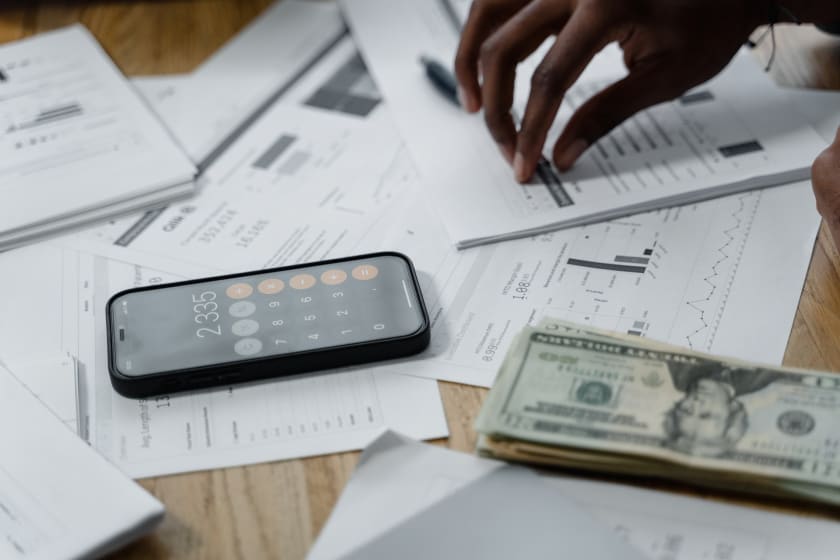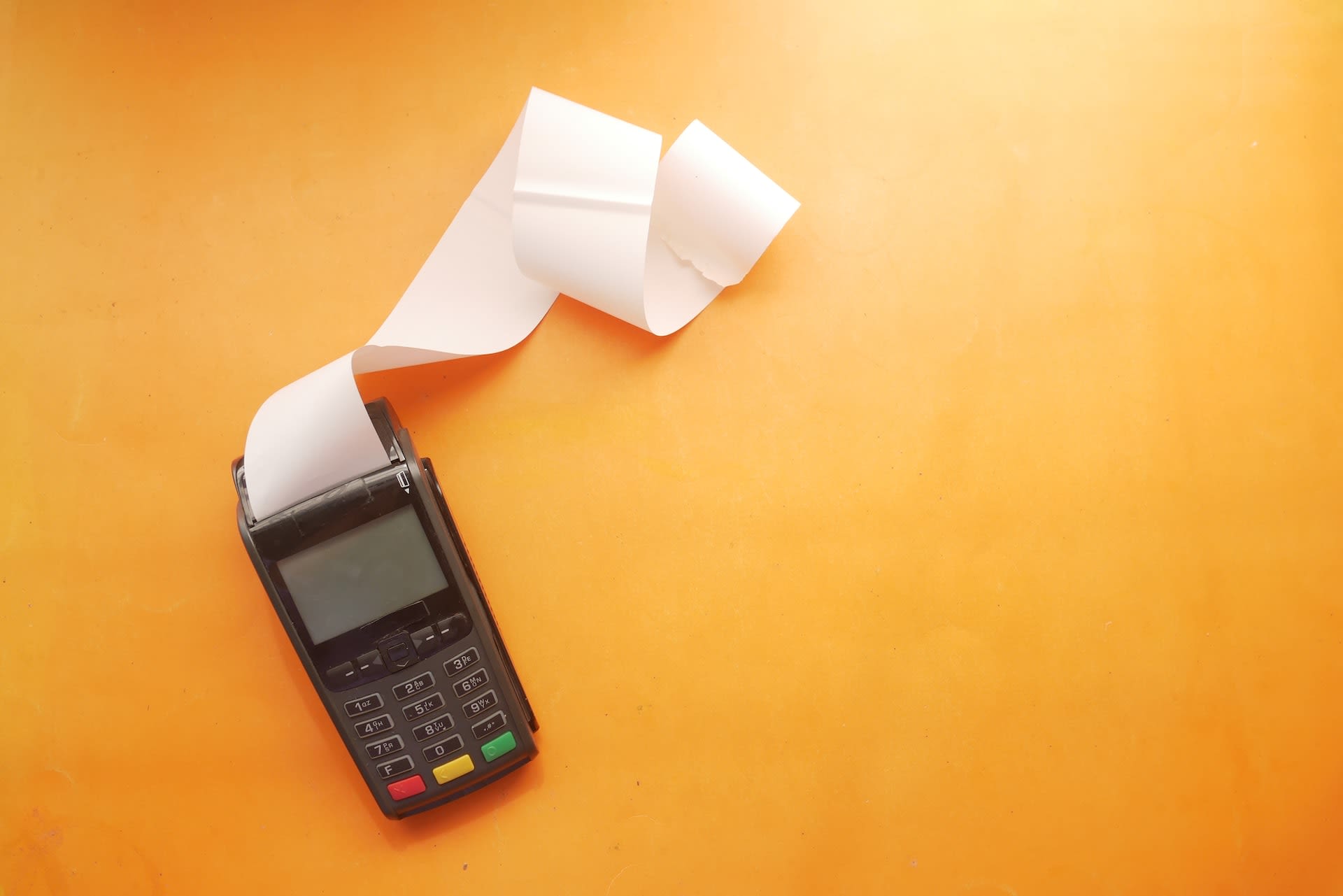How To Create A Garment Costing Sheet



A garment costing sheet is a format or financial statement where every expenditure is recorded chronologically to determine the overall cost of a service or product. This garment costing sheet format is commonly known as a worksheet or working sheet.
When it comes to the ready-made clothing manufacturing sector, creating and having a garment costing sheet becomes exceptionally important. Consequently, it is vital to understand the format of a garment costing sheet and its components.
Garment Costing Sheets: Learn About Its Vital Components

A garment cost sheet or costing sheet comprises four critical components, which are:
- Office cost
- Work cost or factory cost
- Prime cost
- Total cost
1. Office Cost
Office costs include manufacturing or project costs and office and indirect administrative expenses. Office costs are often referred to as clothing costs.
| Work cost or Factory cost + Administrative and Office overheads = Office cost |
2. Work Cost or Factory Cost
Work cost or Factory cost comprises production overhead and prime cost. It is also referred to as the apparel production cost or manufacturing cost.
| Factory Cost = Factory Overhead Expenses + Prime Cost |
3. Prime Cost
Raw materials, direct labor, and direct expenses comprise the prime costs. It is also known as the initial cost, the flat cost, and the essential cost.
| Prime Cost = Direct Expenses (D.E) + Direct Labor (D.B) + Direct Material (D.M) |
4. Total Cost
The total cost is calculated by incorporating, selling, and distributing overhead expenses into the cost of clothing manufacturing of items sold. It is sometimes referred to as the “cost of sales.”
| Total Cost = Sales and Distribution Expenses + Office Expenses |
Explore The Format of Garment Costing Sheet
| Sl No. | Cost Types | Particulars | Amount ($) |
| 1 | Primary Cost | Direct Expense | 132 |
| Direct Labor | 50 | ||
| Direct Material | 80 | ||
| Total Prime Cost | 262 | ||
| 2 | Work Cost or Factory Cost | Factory Overheads | 270 |
| Primary Cost | 262 | ||
| Total Factory Cost | 532 | ||
| 3 | Office Cost | Office Overheads | 400 |
| Factory Costs | 532 | ||
| Total Office Cost | 932 | ||
| 4 | Total Cost | Selling Overheads | 453 |
| Office Costs | 932 | ||
| Total Cost | 1358 |
Dive Into The Examples Of Garment Costing Sheet

Each product has unique characteristics and hence requires a unique costing table. Every single product has essential components that one should never ignore. The quantity of details is always closely related to the intricacy of the garment.
To determine the total garment cost, one must detail each element that goes into making a garment (e.g., appliques, decorations, zippers, buttons, trims, interfacing, lining, main fabric, etc.). The costing table must include all of these facts.
An individual must create a separate column for the quantities of every product or item outlined. This will ensure seamless visualization and more straightforward calculations.
Some pieces are universally applicable to all sorts of goods. For example, packing supplies, sewing thread, labels, and tags will all be included in any costing table, regardless of the product you manufacture. So, make sure to have them as well.
Tip: Include the supplier’s name for each item in your costing table. This will save you time down the road if you lose out on one of the parts and need to purchase more. It’s also beneficial to keep track of the current state of each item, whether it’s in stock or must be set on backorder.
Tops
Let’s take an example of a shirt costing table. Let’s consider a men’s shirt with a button-up fastening. The buttons for the cuffs, pockets, placket, cuffs, threads, collar stand, interfacing for the collar, and the main fabric will be required, as with any other type of shirt.
| Particulars | Supplier | Status | Cost Per Unit | Usage | Total |
| Main fabric | Fabric Solutions | Dispatched | $10 | 40 | $400 |
| Sewing Thread | New Fabric Hub | In-Stock | $2 | 15 | $30 |
| Buttons (Plastic) | Go Apparel | In-Stock | $0.50 | 160 | $80 |
| Interlining Fabric | New Fabric Hub | Dispatched | $0.40 | 10 | $4 |
| Total Cost | $514 |
Note: This table is an illustration of how the garment costing sheet appears to be for each product. So, consider this a sample of what a costing sheet will be for every garment product.
Dresses
The quantity of elements relies on whether you’re making a casual or a formal event dress. Let’s consider a simple wraparound dress made of knit fabric. If this design has a waistline tie belt, there won’t be any buttons or other closing methods.
The essential items we will include in this costing sheet for this outfit are the packaging supplies, fusible interfacing, thread, and main fabric. At the time of the sample-making phase of product development, the company must decide the required amount of the primary fabric needed.
Outerwear
Undoubtedly, outerwear is one of the most time-consuming clothing items to create. It is frequently extensively lined and requires specific interfacing to maintain its form.
For instance, if you want a customized, more structured style, then opt for a woven appliqué hair canvas. On the other hand, if you prefer a softer appearance, consider using interwoven quasi-midweight interfacing.
Handbags
Handbags and perhaps other accouterments have separate costing sheets than clothes. Therefore, they require various types of technology to create an item. Handbag leather is typically thicker than garment leather, the liner is more durable, and the gear is unique to this type of item.
It may incorporate internal wire frames, metal rivets, sliders to create a particular shape, snap closures, clips, chains, screws, locks, metal labels, and rings.
Lingerie
Lingerie is often made up of more minor elements such as elastics, flexible main fabric, hooks and eyes, ribbons and lace for adornment, knit interfacing, and underwires.
The overall lingerie manufacturing cost will be determined by the number of items one provides, so ensure to include the exact amount and overall cost for each.
Home Furnishings
If someone’s interested in making their bedding, that’s not an issue! Incorporate the kind and cost of the basic fabric (silk, linen, or cotton are considered the most typical ones), fasteners like buttons or zippers, and the liner (optional). Don’t overlook labeling and packing.
Bottoms
Bottoms can be manufactured in various styles, including fitted denim pants, leggings, elastic waistband pants, etc. The quantity of details varies according to the details. A pair of denim jeans serve as our illustration.
Aside from the essentials like buttons, zippers, threads, and main fabric, don’t forget about the metal rivets and the distinctive orange line that distinguishes a pair of jeans from a pair of conventional trousers.
Jumpsuits
Intricate designs, such as jumpsuits, typically feature extra elements, such as additional buttons, zippers, and other closures. White crochet lace is used as a decorative accent in this example.
Conclusion
By evaluating the garment costing sheet, one may assess the profitability of the garment’s production. The evaluation also shows what materials are required, how long it will take to finish this manufacturing, and so on.
Typically, the finance department of a company prepares the costing sheet. However, to create the sheets, data from the accounting sections, quality control, wages, manufacturing, and purchasing, among others, are required. Therefore, this sheet should be handed to the appropriate authorities after filling it out.
Understanding how to make a garment costing sheet is crucial for newcomers entering the apparel manufacturing and fashion industries. As an industry partner, Fashinza educates all new and experienced members to help them excel and reach the epitome of success. Sign up with Fashinza to grow as a prominent business in this industry.



















